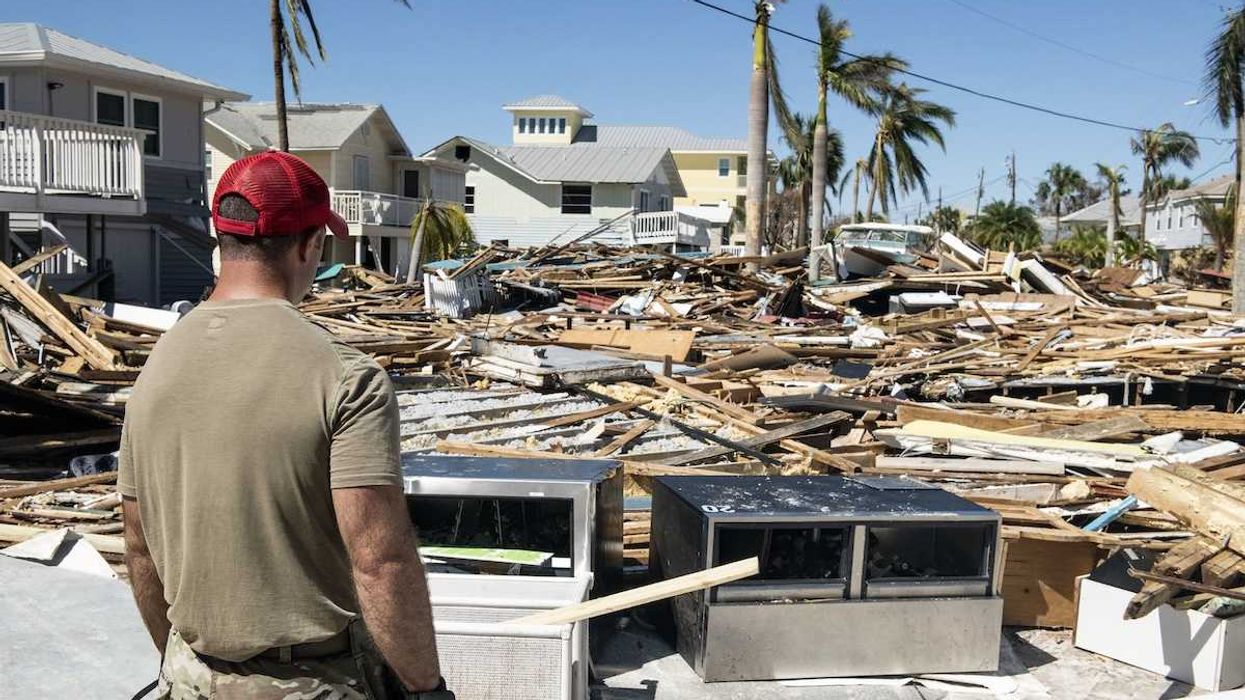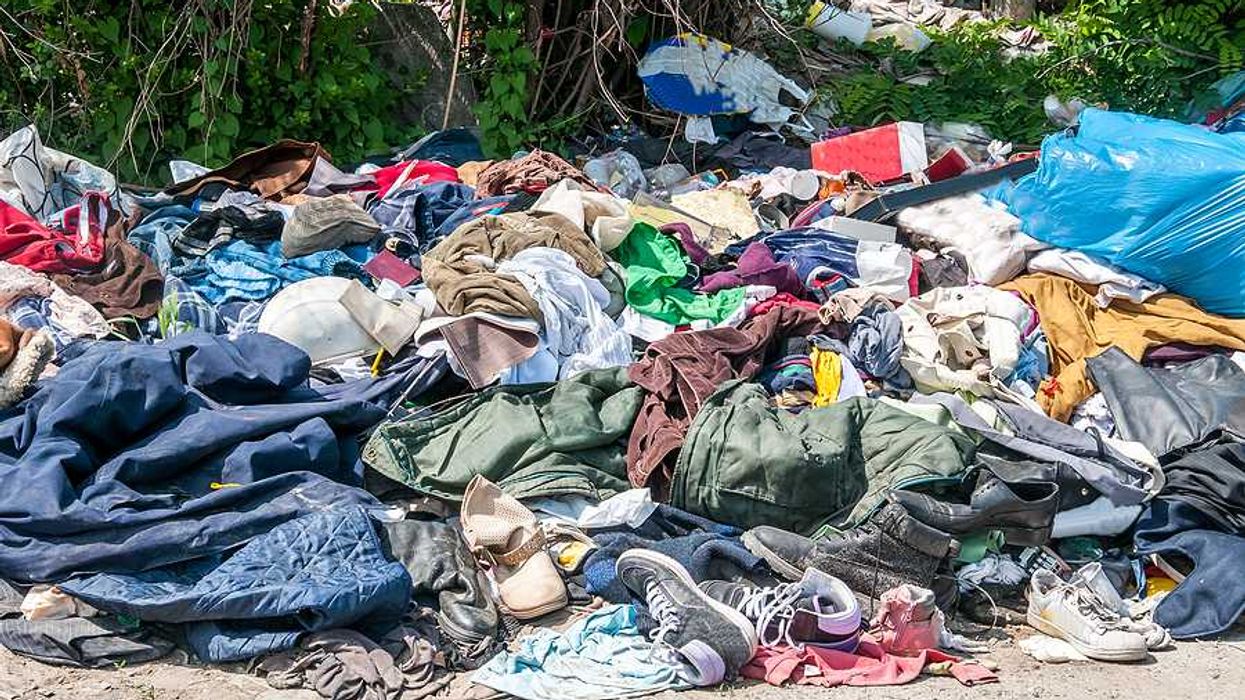A recent study published in Environmental Health Perspectives examines trends in PFAS exposure in pregnant Black women and their newborns in Atlanta.
In short:
- Four types of PFAS were found in over 95% of women tested.
- The concentration of most PFAS increased from early to late pregnancy.
- This increase in PFAS during late pregnancy was higher in women who were younger, more educated, and who had lower prenatal BMI.
- PFAS levels in pregnant women significantly predicted PFAS concentrations in their babies.
Key quote:
“Investigating the changes in PFAS exposure levels throughout pregnancy… is crucial for identifying critical exposure periods and guiding public health policies to reduce PFAS exposure.”
Why this matters:
PFAS are used in everyday products, and exposure to them is widespread - according to the National Health and Nutrition Examination Survey (NHANES), nearly everyone in America has PFAS in their blood. It’s critical that regulators recognize the specific health impacts of PFAS in order to develop policies and interventions that effectively address the harm caused by these chemicals, especially in vulnerable populations like mothers and their newborns.
Related EHN coverage:
- Understanding how the environment affects pregnant people’s health
- Op-ed: After decades of disinformation, the US finally begins regulating PFAS chemicals
More resources:
The Mamavation website and Instagram page investigate common grocery store items for the presence of endocrine disrupting chemicals - like PFAS - to help make shopping for nontoxic products easier.
Tan, Youran et al. for Environmental Health Perspectives vol. 132, 11. Nov. 6, 2024
- A mother's exposure to pesticides during pregnancy may raise children's autism risk ›
- These everyday chemicals may be hurting pregnant women and their babies ›
- The Healthy Pregnancy Guide ›


























